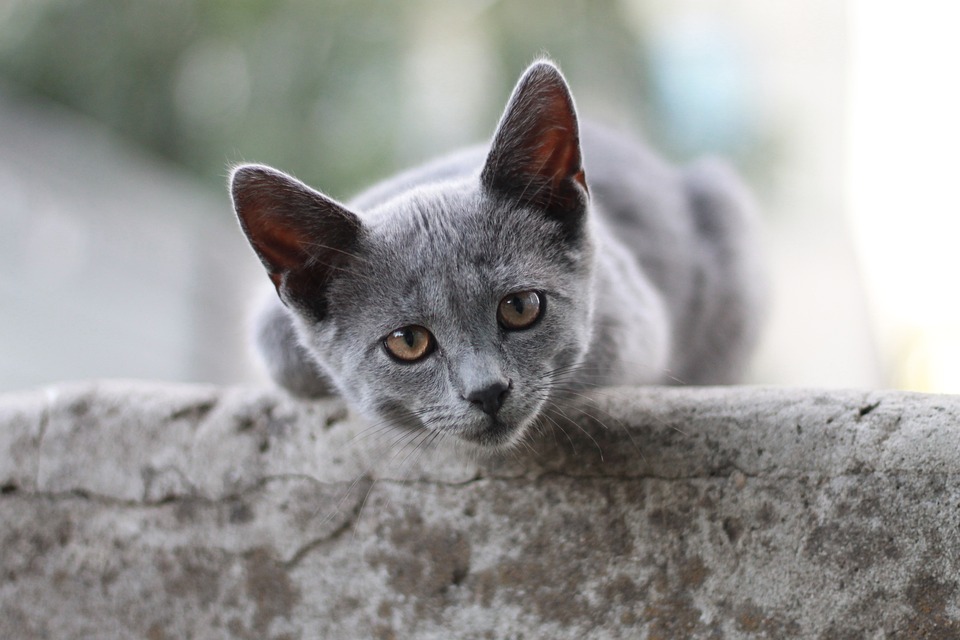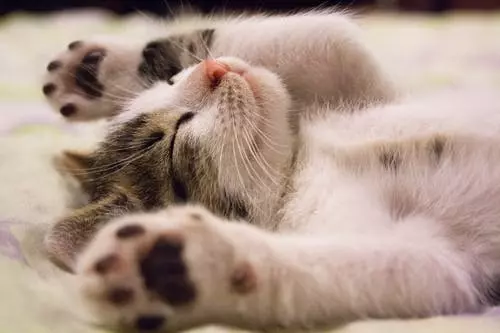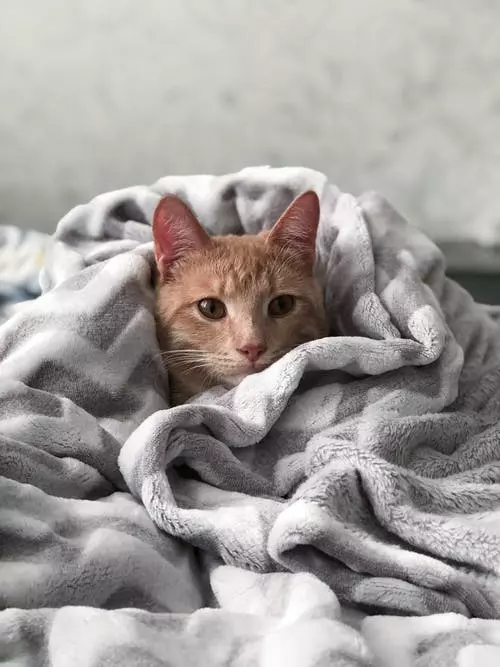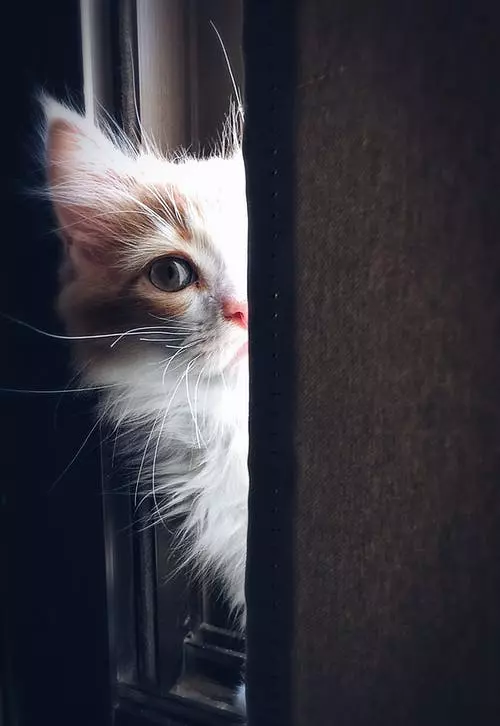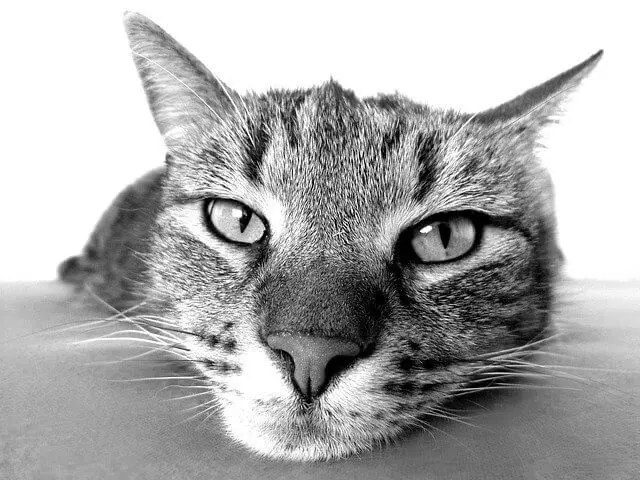Title: Understanding Whisker Stress in Cats: Causes and Solutions
Introduction:
Whiskers are not just cute adornments on a cat’s face; they play a crucial role in their sensory perception. However, excessive stimulation of these delicate whiskers can lead to a condition known as “whisker stress.” In this article, we will explore the causes of whisker stress in cats and provide effective solutions to alleviate this discomfort. So, let’s dive in!
I. What is Whisker Stress?
A. Definition and significance of whiskers
Whiskers, scientifically known as vibrissae, are long, thick hairs present on a cat’s face. They are highly sensitive and help cats navigate their surroundings, detect objects, and even gauge distances. Whiskers are packed with nerve endings and are connected to a cat’s sensory system.
B. Understanding the concept of whisker stress
Whisker stress occurs when a cat’s whiskers experience excessive stimulation or discomfort. This can be caused by various factors, including narrow food and water bowls, crowded feeding areas, sensory overload, and inadequate resting spots or litter boxes.
II. Causes of Whisker Stress in Cats
A. Narrow food/water bowls
1. How the size and shape of bowls affect whisker stress
Narrow bowls can cause a cat’s whiskers to bend or be compressed, leading to discomfort during mealtime.
2. Choosing the right bowl for your cat
Opt for wider and shallower bowls that allow your cat’s whiskers to remain untouched while eating or drinking.
B. Overly crowded feeding areas
1. The impact of proximity to other cats or pets
Cats can experience stress when eating in close proximity to other pets, especially if they are aggressive or dominant.
2. Creating a stress-free feeding environment
Establish separate feeding areas for each cat and ensure they have enough space to eat without feeling threatened.
C. Sensory overload and environmental factors
1. Loud noises and bright lights
Loud noises or bright lights can overstimulate a cat’s sensitive whiskers, leading to stress.
2. Reducing sensory stimulation for your cat
Provide a calm and quiet environment during mealtimes by minimizing noise and using soft, dim lighting.
D. Inadequate resting areas and litter boxes
1. Insufficient space and accessibility issues
Cats need comfortable resting spots and easily accessible litter boxes to avoid stress.
2. Providing comfortable resting spots and litter boxes
Offer multiple cozy beds and hiding places for your cat to relax, and ensure clean and easily accessible litter boxes.
III. Recognizing Symptoms of Whisker Stress
A. Behavioral changes in cats
Whisker stress can manifest through changes in eating habits, decreased appetite, aggression, or withdrawal.
B. Physical signs and discomfort indicators
Watch for signs such as increased rubbing of the face, pawing at the bowl, or avoiding certain activities.
C. Consulting a veterinarian for an accurate diagnosis
If you suspect your cat is experiencing whisker stress, consult a veterinarian for a proper diagnosis and guidance.
IV. Solutions to Alleviate Whisker Stress
A. Optimal feeding arrangements
1. Importance of wide and shallow bowls
Use wide and shallow bowls to prevent whisker stress and allow your cat to comfortably eat or drink.
2. Elevated feeding stations and slow-feeders
Consider elevated feeding stations and slow-feeders to promote a relaxed and slower eating pace.
B. Creating a stress-free environment
1. Calming sounds and lighting
Play soothing music or use white noise machines to create a calming atmosphere during mealtime.
2. Designated quiet areas for rest and relaxation
Dedicate quiet areas in your home where your cat can retreat and relax without disturbances.
C. Providing adequate resting spots and litter boxes
1. Multiple cozy beds and hiding places
Offer multiple comfortable resting spots and hiding places throughout your home to cater to your cat’s need for privacy and relaxation.
2. Accessibility and cleanliness of litter boxes
Ensure litter boxes are easily accessible, cleaned regularly, and placed in quiet areas to reduce stress.
V. Frequently Asked Questions (FAQs)
Q1: How do I know if my cat is experiencing whisker stress?
Q2: Can whisker stress lead to other health problems in cats?
Q3: Are there any specific cat breeds more prone to whisker stress?
Q4: Can I trim my cat’s whiskers to avoid whisker stress?
Q5: Is whisker stress a temporary or chronic condition?
Conclusion:
Understanding whisker stress in cats is essential for maintaining their overall well-being. By addressing the causes and providing suitable solutions, cat owners can ensure a stress-free environment for their feline companions. Remember, a happy and comfortable cat leads to a harmonious household for both pets and humans alike.

